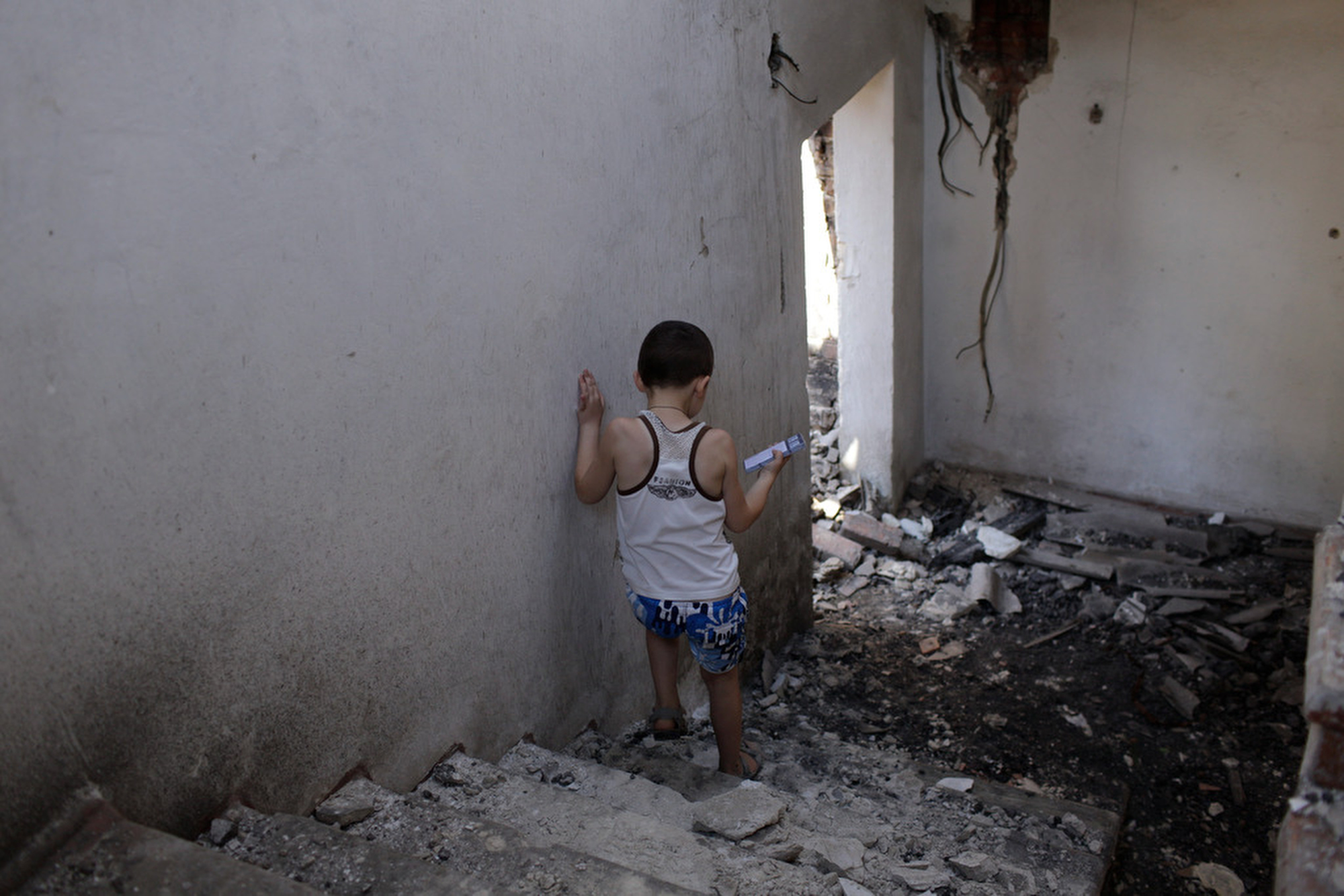PAX calls for immediate action to prevent civilian suffering from the use of explosive weapons in populated areas (EWIPA). PAX is co-founder and member of the steering committee of the International Network on Explosive Weapons (INEW).
Explosive weapons include mass-produced weapons like grenades, mortars and rockets as well as home-made bombs (improvised explosive devices, or IEDs). While different technical features dictate the precision and impact of various explosive weapons, all such weapons generally create a zone of blast and fragmentation. Explosive weapons which cause the most damage are those with a wide area effect. This is the case with explosive weapons that have a substantial fragmentation or blast radius, when multiple explosive warheads or firings are used at the same target, when the delivery is inaccurate or when a combination of these three characteristics occurs. According to the British organization Action on Armed Violence, 91 % of the victims of explosive weapons in populated areas between 2011 and 2020 were civilians.
Upon detonation, explosive weapons injure or kill people and damage or destroy objects present in the area around the target. This is referred to as the immediate or primary effects of explosive weapons. In the long term, these weapons can cause permanent physical disabilities, psychological suffering, or difficulties arising from the loss of infrastructure (schools, healthcare, power supply, etc.).
PAX calls on all parties of conflict to avoid the use of explosive weapons in populated areas, including stopping the use of explosive weapons with wide area effects in populated areas. We call for greater transparency about the consequences of using explosive weapons in towns and cities and their impact on the civilian population, whether direct or indirect. States should gather relevant data and make it available, as well as review and, where necessary, strengthen national policies and practices on the use of explosive weapons in populated areas.
Contact
Roos Boer, Project Lead EWIPA
- Impact on healthcare from bombing and shelling in Ukraine (2022)
- Not a single body in one piece (2022)
- Not a single body in one piece - Arabic (2022)
- Impact on healthcare from bombing and shelling in Ukraine (March 2022)
- Seeing through the rubble (2020)
- Seeing through the rubble - Arabic (2020)
- Explosive weapons with wide area effects and risk to civilians (Feb 2020)
- Explosive weapons in populated areas, where civilians pay the price (Apr 2019, PAX)
- Explosive Weapons - Factors that produce wide area effects (Jun 2018)
- Operating under Fire - The Effects of Explosive Weapons on Health Care in the East of Ukraine (May 2017)
- Areas of harm - Understanding explosive weapons with wide area effects (Sep 2016, PAX-Article36)
- Shattered lives - Civilians suffer from the use of explosive weapons in Libya (Sep 2015)
- Unacceptable Risk: Use of explosive weapons in populated areas through the lens of three cases before the ICTY (Oct 2014)
- Protecting Civilians from Explosive Violence; Defining the Humanitarian Problem (Feb 2011)
- Collateral - The human cost of explosive violence in Ukraine
Activiteiten & resultaten
INEW
Internationally: With INEW, an international coalition of non-governmental organisation, PAX encourages states to be more transparent about their use of explosive weapons and the consequences of this use for civilians in conflict areas. We draw policy makers’ attention to reports and articles, distribute research studies and lobby diplomats during international conferences.




